Context
About one-third to half of the Asian population lacks the enzymes to metabolize alcohol efficiently. When alcohol is not completely metabolized, it can accumulate in the body and increase the risk for aerodigestive cancers. Most people who can’t fully metabolize alcohol flush red in the face and neck while drinking. While social drinking is common in China, surveys have shown a lack of awareness of the causes of facial flushing among Chinese college students. This study presents the results of a pilot program testing the effectiveness of a WeChat-based intervention to teach Chinese medical students about flushing, so they can spot the condition among their peers and encourage them to drink less.
Intervention
Students were given access to three readable lessons containing information on the causes of alcohol-induced flushing and associated health risks. One lesson was posted in a WeChat group daily for the first three days of the two-week study period, and each lesson lasted three to four minutes. Students could access the lessons any time after posting and could reread them as desired.
Evaluation
Design: Eligible students were randomly assigned to either the intervention or control group (randomized controlled trial). All students were asked to complete a short pre-test questionnaire before the intervention and a post-test questionnaire two weeks later; both were completed in classrooms. The questionnaires asked students about their willingness to intervene in three drinking scenarios involving a flusher who was a classmate, a flusher who was male, and a flusher who was female. In the fourth scenario, students were also asked about their willingness to encourage others to not pressure a flushing student to keep drinking. Willingness was measured using a 10-point Likert scale with 1 as “very unlikely” and 10 as “very likely.” Answers were averaged and the difference between pre-test and post-test were calculated. During post-test, students were also asked to evaluate the usefulness and informativeness of the lessons. Students’ sociodemographic characteristics, as well as their drinking and flushing status, were collected in the pre-test.
Sample: Undergraduate students taking introductory medicine courses at one medical university were eligible to participate. To be included in the analysis, students had to complete both the pre-test and post-test questionnaires and open at least one of the three WeChat lessons. A total of 1,650 students were invited to participate. Of the 1,127 who were assigned to the intervention group and the 523 to the control group, 418 (37%) and 334 (64%) met the eligibility criteria and were included in the analysis. Of the sample students, 69% were female. Three-fourths reported drinking in the 30 days prior to the pre-test questionnaire, and less than half (48%) reported that they experience alcohol-induced flushing. Most students (71%) opened all three WeChat lessons.
Results
The intervention had a significant effect on participants’ willingness in all four drinking situations. The average willingness to intervene was higher post-test than pre-test, and this difference was more positive in the intervention group than in the control, suggesting that students were more willing to intervene or encourage others to stop drinking after exposure to the WeChat lessons. However, the authors did not find any significant relationship between the number of lessons read and willingness. Additionally, in the intervention group, based on a 10-point Likert scale ranging from “not very” (1) to “very” (10), the mean rating for the lessons as “informative” was 7.0, “interesting” 6.9, and “useful” 6.3.
Limitations: First, the sample was not representative of all university students, as it was limited to one university and one discipline. Second, a larger share of students in the control group completed the study than in the intervention group; as those who completed the study might have been more motivated to stay in the program, a bias might have been introduced. Third, willingness was measured based on hypothetical scenarios, which might not translate into real life. Fourth, the willingness variable is difficult to interpret; more commonly used measures such as intention and self-efficacy might be more useful, especially with clearer links to actual behaviors. Other limitations included the small sample size, classrooms used as the unit of randomization (instead of individuals), and the short study period.
Conclusion
Although brief, this study was able to demonstrate that an alcohol-related intervention delivered via WeChat could modestly increase university students’ willingness to intervene or encourage others to stop drinking if they showed signs of flushing. However, the low retention rates and modest results show that it is difficult to implement behavior change interventions that are managed by the learner.


